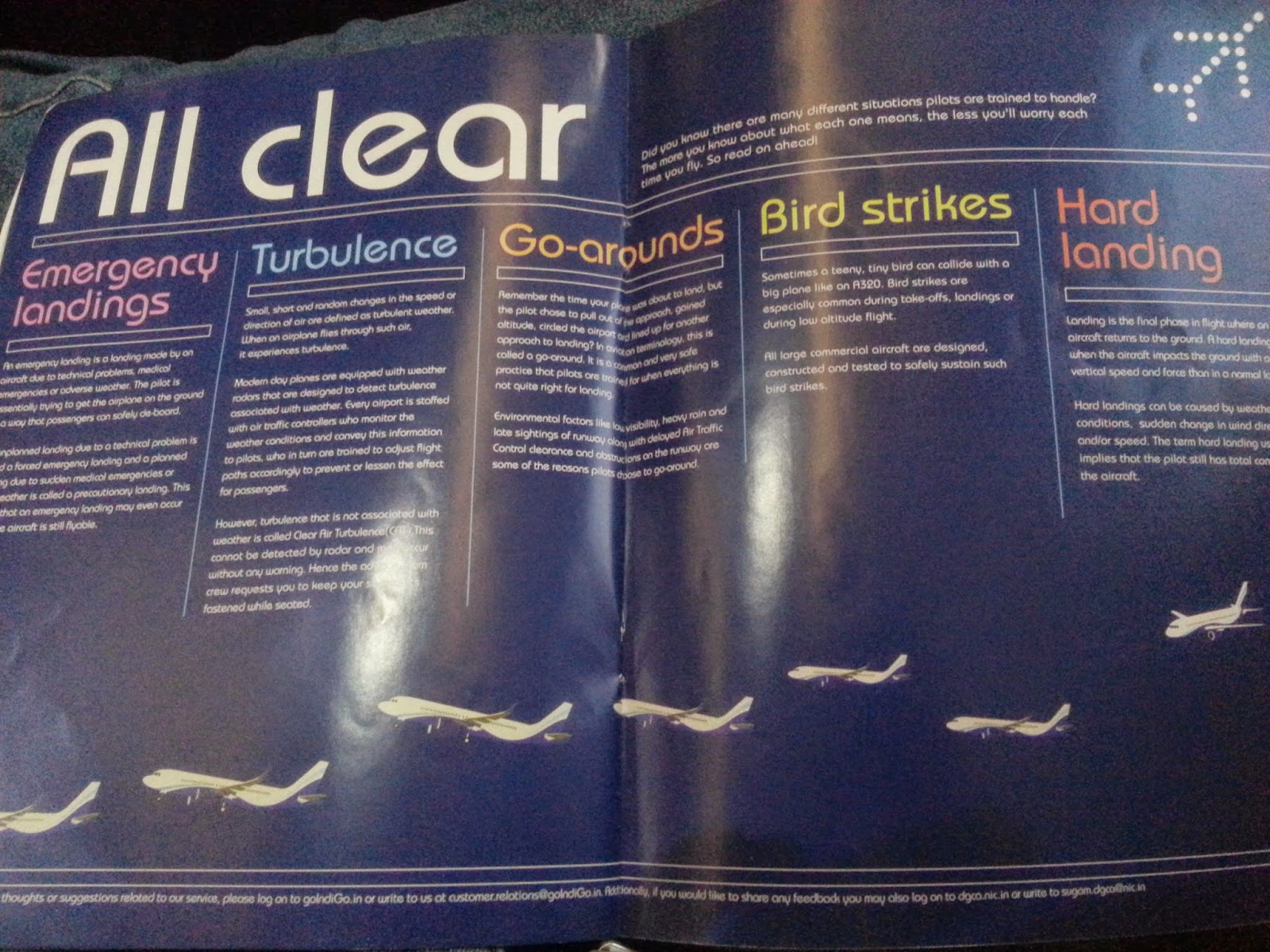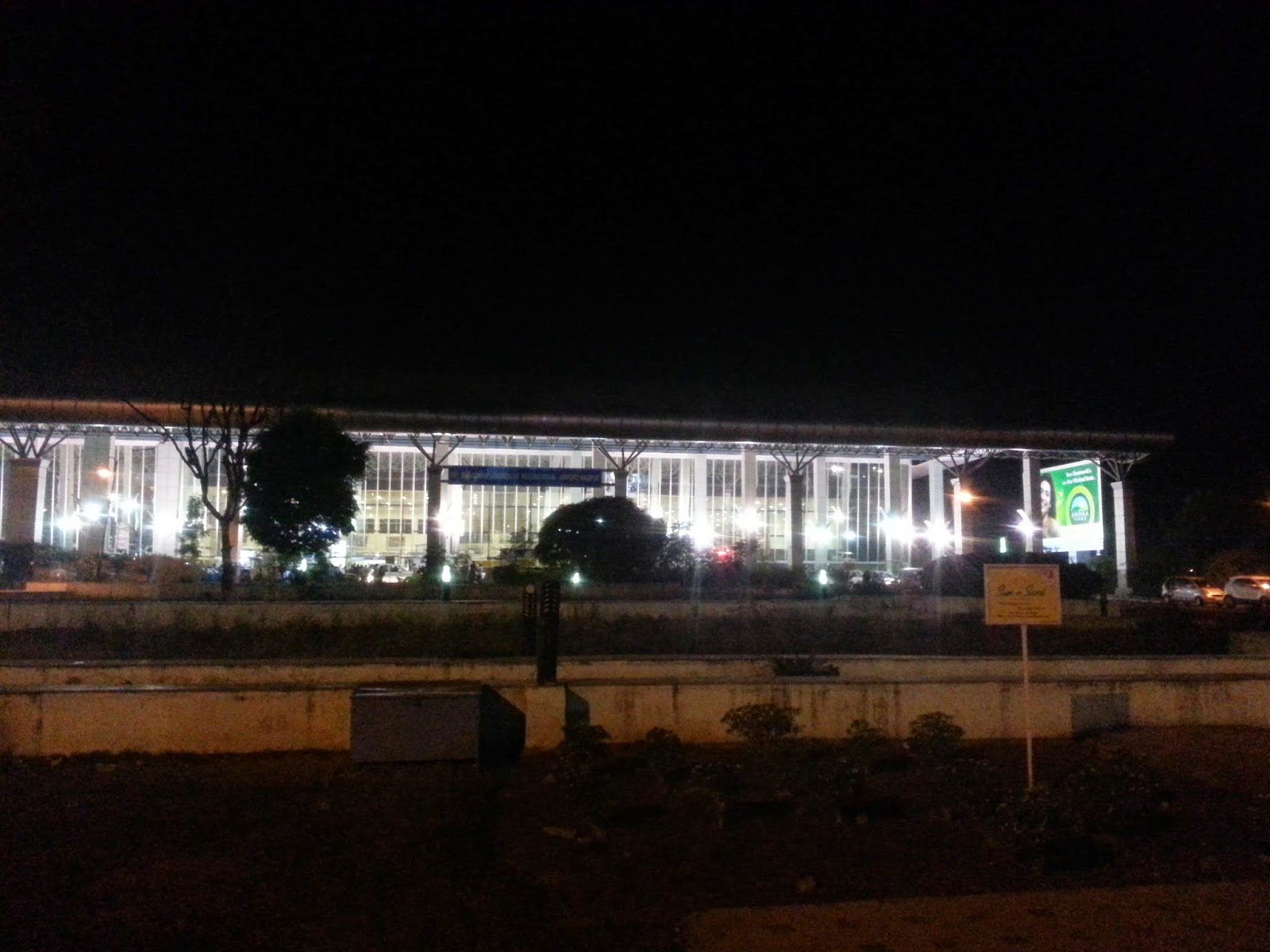Last
week the Ministry of Civil Aviation (MoCA) discussed revised policy on regional
connectivity with all stakeholders and came up with a middle path to address
the issue which has been awaiting reforms for a long time.
In
2012, a leading consulting firm submitted report to MoCA on revamping the
existing Route Dispersal Guidelines (RDG) but these suggestions were never
implemented. The government now is looking to club the famous 5/20 rule with
RDG. This comes at a backdrop of airlines making full use of Regional Airline policy
with Air Costa scaling up operations, Air Pegasus setting up shop soon and Air
Asia India – working like a regional airline operator.
New proposals in
classification of airlines
The
new proposal looks at abolishing the Regional Scheduled Airline status to an
airline and converting it to a regular scheduled airline status. Currently, the
regional status is helpful in the south, where Air Costa operates and Air Pegasus
is coming up. This policy gives access to one metro in the area and other non
metros across the country, except for south where an airline has access to
Hyderabad, Chennai & Bengaluru, making it possible to fly in the golden
triangle in the south.
This
proposal also looks at creating three categories viz. Scheduled Airlines,
Scheduled Commuter Airlines and Charter Operations.
The
scheduled commuter airlines and charter operations will see reduction in paid
up capital – thus encouraging newer entities to set up businesses. These
operators would be allowed to publish their schedule and would have a cap on
minimum number of movements per week to continue holding this status with a
restriction of operating at one metro airport only.
The
scheduled commuter airlines will be allowed to enter into a code share
arrangement with a scheduled airline, thus making it viable for smaller
airplanes to fly on thin routes and get paid for by the larger airlines who
will shy away from plying here, but continue to provide seamless connectivity,
including baggage and passenger transfers at major airports.
Route Dispersal
Guidelines
When
the Revised draft of Civil Aviation Policy was released in November’2014 I had
written on how the Route Dispersal Guidelines (RDG) need to be looked at in
detail and what changes are essential. The blog post is available here. I am not sure if the letter was read by
the ministry or not, but a lot of things have been incorporated in the revised
policy in line with the recommendations which I had sent.
Category - I
The
number of Cat – I routes increased from 12 to 26, where the additional 14
routes are those which saw traffic of more than 5 lakh passengers in 2013. The
additional routes are – Mumbai – Goa,
Mumbai – Ahmedabad, Delhi – Lucknow, Delhi – Pune, Delhi – Ahmedabad, Bengaluru
– Pune, Mumbai – Kochi, Bengaluru – Hyderabad, Hyderabad
– Chennai, Delhi – Patna, Mumbai – Jaipur, Delhi – Goa, Chennai – Pune, Mumbai
– Chandigarh. ( Cities in BOLD are
those which were not part of Cat I before)
I
am surprised to see continuation of Mumbai – Trivendrum into Cat – I.
Interestingly, IndiGo has maximum presence on the list of routes proposed for
inclusion in Cat – I and is a capacity leader on most of the routes, if not
all.
Category – II
The
existing definition would continue, with routes connecting North – Eastern region,
J&K, Andaman & Nicobar and Lakshadweep but there is a proposal to add
Dehradun, Shimla, Kulu & Dharamshala to this list.
Currenly,
only Dehradun supports narrowbody operations and Shimla & Kulu are
restricted to ATR-42 operations with load restriction.
Currently,
an airline has to deploy 10% of Category – I ASKMs on Category II routes. The
proposal if accepted would mandate the airlines to deploy 20% of Category – I ASKMs
on Category – II routes.
Category – II A
The
existing definition of this would continue the way it is with inter – Category II
flights considered for calculation of ASKM and it being mandatory to operate 1%
of Category I ASKM in Category II A.
However,
the flights get restricted to inter north east and between Jammu – Srinagar –
Leh since there is no other airport in Andaman & Nicobar which is open for
commercial operations or at Lakshadweep.
Category – III
Currently
it is mandatory for airlines to operate 50% of Category – I ASKMs on Category –
III routes. This condition will be dropped completely in the new policy.
Traditionally airlines have been making money on these routes and offer more
than double the mandatory ASKM’s.
Revision of 5/20 rule
The
famous 5/20 rule refers to requirement of 5 years of domestic operations and a
fleet of 20 aircraft to be eligible for international operations. As newer
airlines like Air Asia India and Vistara entered Indian market, there is
renewed push and focus on this requirement. While there is a valid argument
that an airline which starts operations in foreign land can fly to India in its
first year of operations, subject to bilateral arrangements, Indian carriers
cannot reciprocate this due to this rule.
While
Spicejet has scaled back operations to international stations in recent past,
IndiGo has not expanded beyond certain routes and infact discontinued flights
on certain sectors in the past.
The
5/20 rule will make way for a prima facie complex system which will be based on
Domestic Flying Credits (DFC) which will be earned by airline by deploying
capacity on domestic routes
The
calculation would be as below,
1) Deployed ASKMs in updated Cat – I ( x 1)
2) RPKMs deployed in updated Cat II (
x 3)
3) RPKMs deployed in updated CAT IIA (
x 5)
4) ASKMs deployed in updated CAT
III ( x 1)
There
will also be a grant of 5 times the ASKMs deployed on currently un serviced
airports for a period of 5 years. This will be exclusive for an operator along
with having Right of First Refusal for 2 years from the start of operations.
The
domestic flying credits thus accumulated will allow an airline to offer
equivalent ASKMs on international routes. These criteria will be applicable to
new airlines and new routes of existing airlines when the policy comes into
effect.
The
differentiation of ASKMs ( Available Seat Kilometers ) and RPKMs ( Revenue
Passenger Kilometers ) is well thought out for the above calculation.
Change in criteria
The
change in criteria would mean that the existing rules of 5 years of operation
will be over ridden by requirement of minimum 200 crore DFC for designation as
an international carrier and the fleet size requirement of 20 is reduced to 5,
which is the minimum prescribed to get a scheduled airline status.
The
policy also allows purchase of DFCs from another airline to gain the status
quickly. This will get the rule from 5/20 to 1/5.
Comments
This
policy is a sensible shift from existing to the new by factoring in remote connectivity,
international operations and creating a balance between the two. Established
airlines will face issues with the revision of Category – I routes and
fulfilling revised ASKM criteria. However, with cities like Pune, Lucknow and
Goa seeing rapid expansion of traffic over the last decade and half, it was
prudent that these cities and certain routes from here would be included in the
revised definitions.
This
proposal looks viable and acceptable as compared to dealing with the RDGs and
5/20 rule in isolation






%5B1%5D.jpg)
%5B1%5D.jpg)